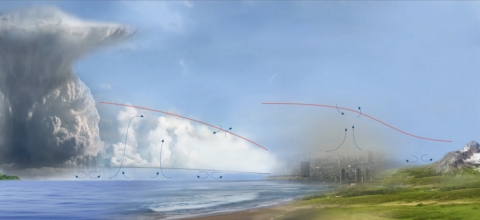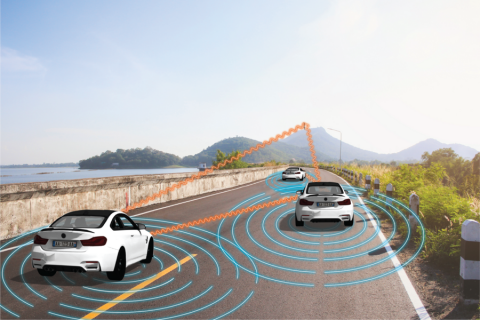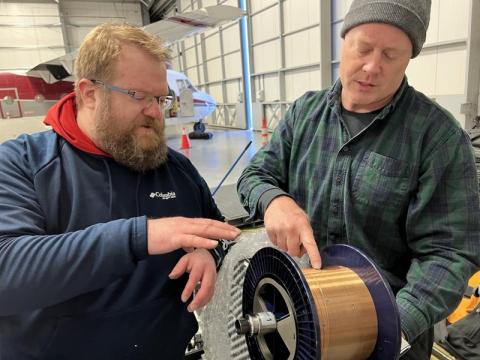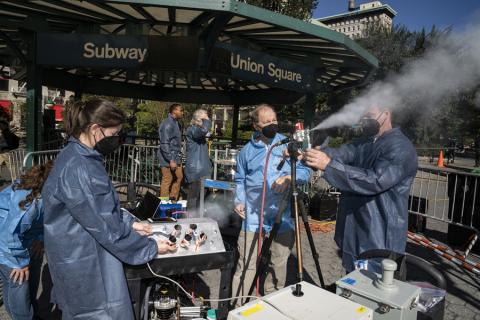The nodes are intended to become part of a widespread sea-ice monitoring network.
Lincoln Laboratory
Using deep learning to image the Earth’s planetary boundary layer
Lincoln Laboratory researchers are using AI to get a better picture of the atmospheric layer closest to Earth's surface. Their techniques could improve weather and drought prediction.
Four Lincoln Laboratory technologies win five 2023 R&D 100 awards
Inventions in medical imaging, aircrew scheduling, data security, and quantum networking are named among the year’s most innovative new products.
Laser-based system achieves noncontact medical ultrasound imaging
Noncontact Laser Ultrasound offers capabilities comparable to those of MRI and CT but at vastly lower cost, in an automated and portable platform.
A new dataset of Arctic images will spur artificial intelligence research
The dataset, being collected as part of a US Coast Guard science mission, will be released open source to help advance naval mission planning and climate change studies.
Improving the speed and safety of airport security screening
Lincoln Laboratory seeks ways to build non-contact screening methods that can detect concealed explosives at airports.
Six Lincoln Laboratory inventions win 2022 R&D 100 Awards
Technologies recognized with "Oscars of Innovation" transform hurricane tracking, electronics cooling, collision avoidance, cybersecurity, and more.
Cracking the case of Arctic sea ice breakup
A distributed sensor network may help researchers identify the physical processes contributing to diminishing sea ice in the planet’s fastest-warming region.
Research aims to mitigate chemical and biological airborne threats
Lincoln Laboratory leads a large-scale measurement campaign in New York City to improve air dispersion models and emergency protocols.
MIT Lincoln Laboratory wins nine R&D 100 Awards for 2021
A life-detecting radar, a microscale motor, and a quantum network architecture are among this year's most innovative new technologies.











